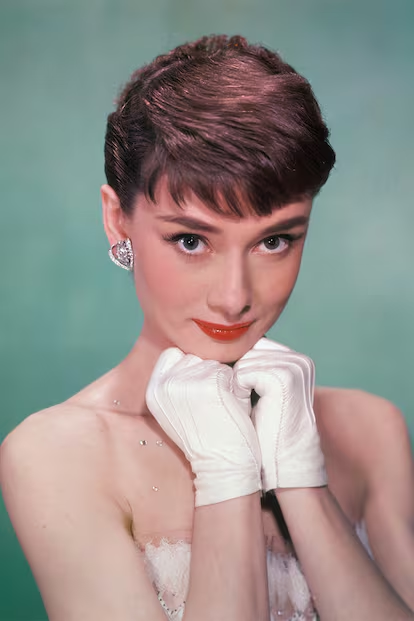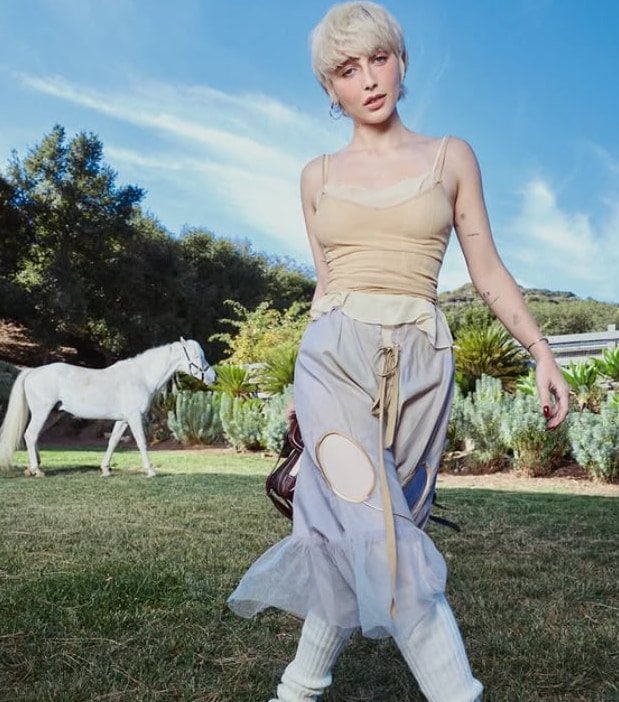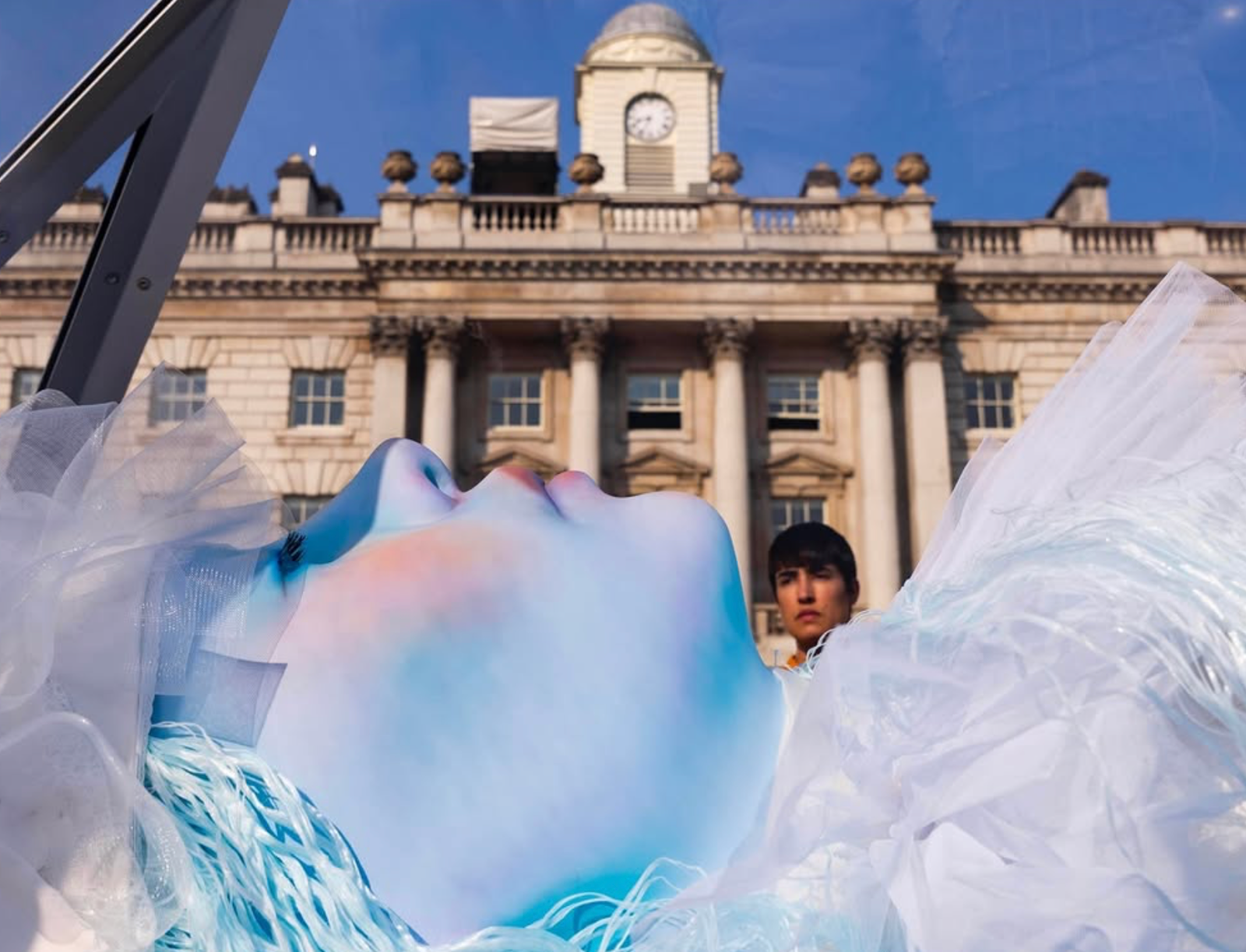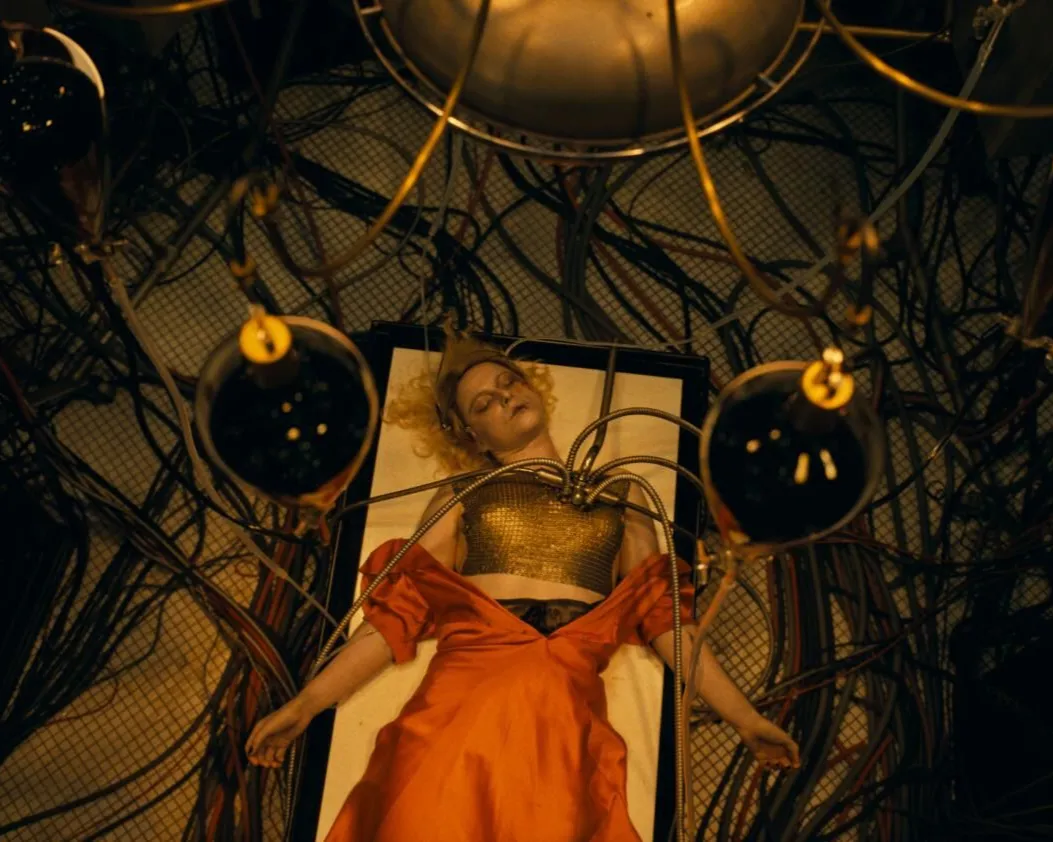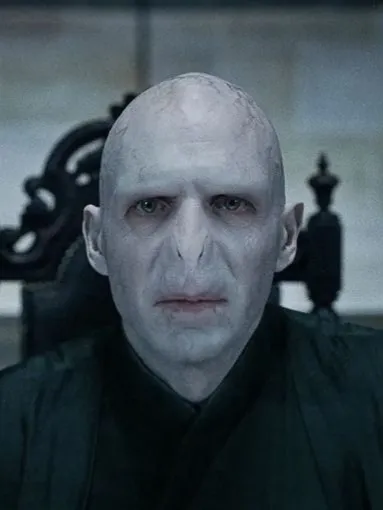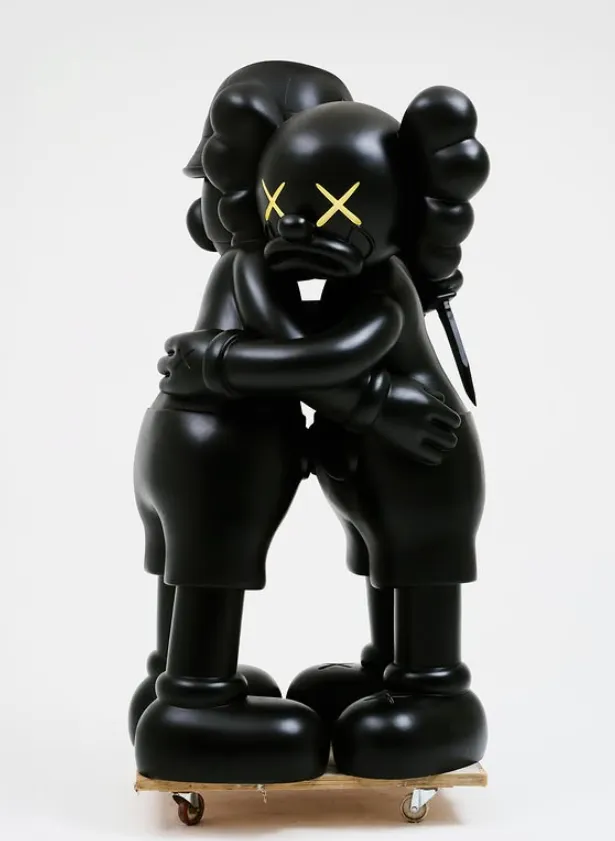When cinema meets couture, something sacred happens. Dinner With Audrey captures one of those rare intersections — where fabric and feeling merge, and a dinner in Paris becomes the beginning of an era. In this new biopic, Thomasin McKenzie steps into Audrey Hepburn’s silhouette, not to imitate, but to reinterpret.
The film, directed by Abe Sylvia, focuses on a single night that changed the language of both fashion and film: the first meeting between Hepburn and designer Hubert de Givenchy. What followed was not merely collaboration, but creation — a decades-long dialogue between muse and maker, actress and architect, elegance and identity.
McKenzie’s casting feels almost poetic. Known for her quiet intensity and emotional precision, she brings a grounded luminosity that mirrors Hepburn’s own paradox: fragility as strength, restraint as power. The challenge is monumental — embodying a woman who became an archetype — but McKenzie approaches it as exploration rather than mimicry.
This is not a film about nostalgia; it’s about intimacy. About what happens behind the myth. Dinner With Audrey promises to reveal the humanity beneath the icon — Hepburn as artist, friend, thinker, collaborator. The story moves beyond the image of the little black dress and into the emotional fabric that made it iconic.
Visually, the project bridges cinematic glamour with quiet realism. Expect precision tailoring, soft lighting, the geometry of Givenchy’s design rendered as emotional language. Every stitch carries narrative weight: costume as confession, silhouette as self-portrait. In the world of Hepburn and Givenchy, style was never superficial — it was storytelling.
For fashion and film lovers alike, the story resonates because it reminds us that collaboration can be as creative as authorship. The connection between Hepburn and Givenchy wasn’t built on vanity, but on shared vision — an understanding that elegance could also be rebellion. Together, they shaped an aesthetic that transcended decades, influencing both wardrobes and worldviews.
Thomasin McKenzie’s performance stands at the centre of that duality. She inherits not just Hepburn’s poise, but her quiet radicalism — the ability to transform grace into statement, and simplicity into revolution. Her portrayal offers a lens into the woman behind the legend: curious, complex, and courageous in her softness.
As Dinner With Audrey comes to life, it carries a message that feels urgently modern: that beauty and intellect are not opposites; that fashion and film, when fused with intention, can articulate truth; that legacy is not repetition, but reinterpretation.
Thomasin McKenzie doesn’t step into Audrey Hepburn’s shadow — she walks beside it, illuminating the delicate line between myth and memory.
And in doing so, she reminds us why the most timeless stories aren’t about perfection — they’re about connection.

